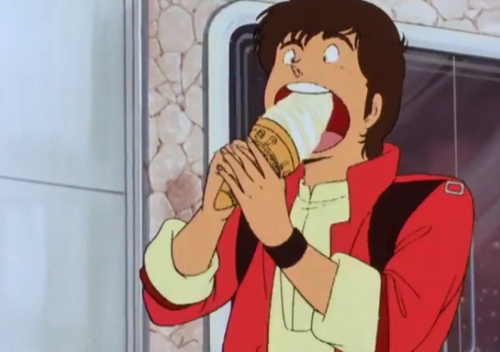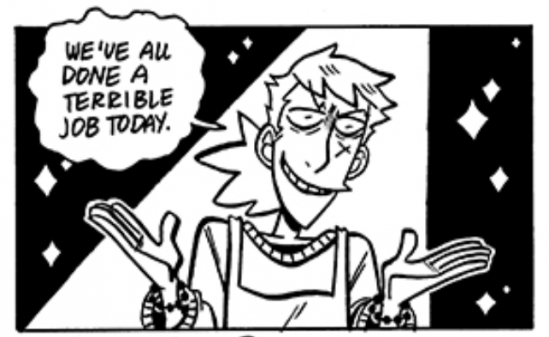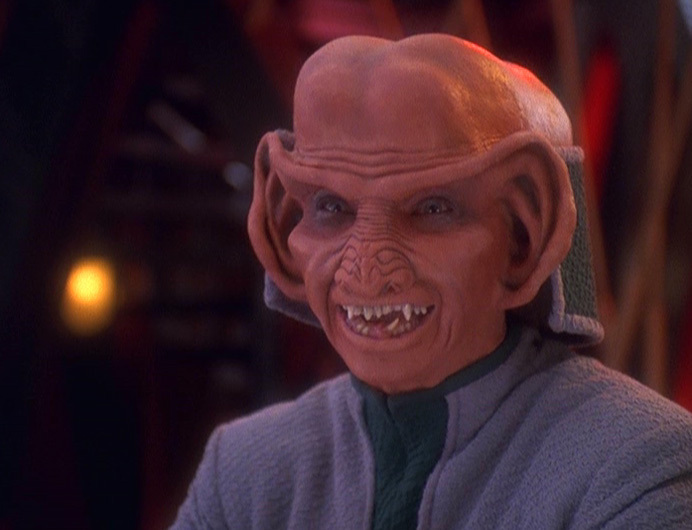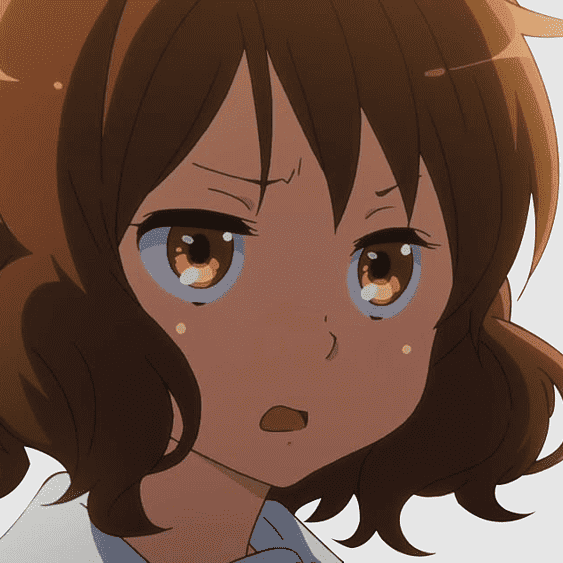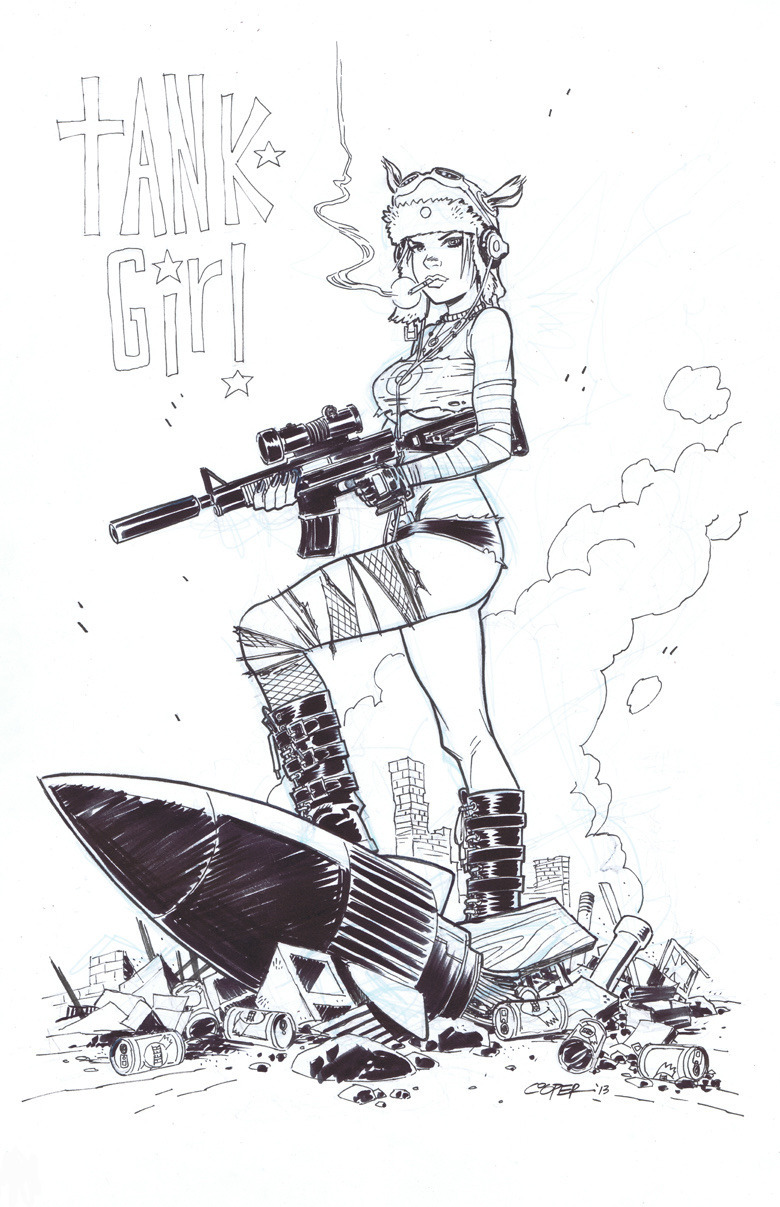Kill la kill, the anime famously bereft of any homoeroticism
The scissors are open to interpretation

What’s the line about “one day a character will turn to the screen and say ‘I’m trans’ in flawless english, and people will still argue that they meant something else”

Fuck, this is actually one I’m torn on. Because Mako is definitely constantly and incessantly horny for Ryuuko and is definitely both intending it as an actual date and intentionally playing into the narrative trope of the hero getting the girl as a reward for winning because she seems to be the only character that realizes she’s in a story and she seems to think she can control how the story goes by playing into or pointing out tropes, but Ryuuko herself scans as aro/ace: she’s constantly reacting to any sort of sexual situation with anger and revulsion, when she is sexualized it’s always something external imposing that on her and it’s something to be overcome, and her only interaction with romance is an allegorical arranged marriage she grievously injures herself escaping from, literally tearing the physical threads of societal expectations out of her own head.
I’m basically left with two plausible interpretations of this and I don’t know which works better: is Ryuuko a traumatized lesbian who’s just reached the “realizing she can tell social and family pressure to fuck off” stage of understanding and self-actualization, or is she ace and at basically that same point? Her revulsion and anger is usually directed at men, she’s clearly uncomfortable around them in general, and never shows any sort of interest in a male character, but she’s also not thirsting after other women the way Mako is obsessed with her.
Fuck how is Kill la Kill harder to analyze than Yurikuma Arashi? Because it’s definitely operating on the same level of every part of it being this abstract allegory even though it’s also literally happening in the story in a way that doesn’t seem to be the case with Yurikuma Arashi. Do I just need to rewatch it again? Last time I was mostly focused on analyzing the art direction and how it maintains this incredibly tight economy of motion, detail, and color to control the focus of any given shot almost perfectly, to the point that you forget Ryuuko is both dressed as and posing like a JoJo character in like half of them.
Kill la Kill is literally allegory and metaphor the whole way down. Every single episode can have extensive analysis done that points out inspirations, puns, metaphors, and other literary devices. It’s why it is one of my favorite anime despite the amount of ‘plot’ in it, because the ‘plot’ serves the allegory and plot in a non-obviously tacked on way.
Yeah, it’s an actual masterpiece. Even just on a basic structural level the pacing, art direction, and sound design are all perfect. Even the fanservice elements feel countered by how desexualized Ryuuko is as a character: despite being made to dress like a JoJo character and despite how much literal male gaze is portrayed with how characters react to and leer at her, Ryuuko herself doesn’t play into normal horny tropes of being uncomfortable (and even in the first episode is way more “this sucks and is bad, actually” than the sort of gross blushing and panting discomfort anime does all the time) or excited, she’s just pissed off at everything and almost everyone around her and in full generic-shonen-final-battle mode all the time. She’s like if Goku had to fight in a thong, and thought that that sucked and was gross but quickly became too preoccupied with fighting to care anymore.

Nope, Japanese just borrows the word from English. She literally said “date.”
I’m glad you found the original line. I was going to say that it’s possible she used 付き合う, which is a bit more ambiguous, but yeah, デート is always romantic.
I had the exact same thought which is why I went to track it down (wasn’t clear from the top level post whether he had referenced the original dialogue)
no no you see the japanese say “daeto” which is a totally different word :smuglord:
harold they’re lesbians



